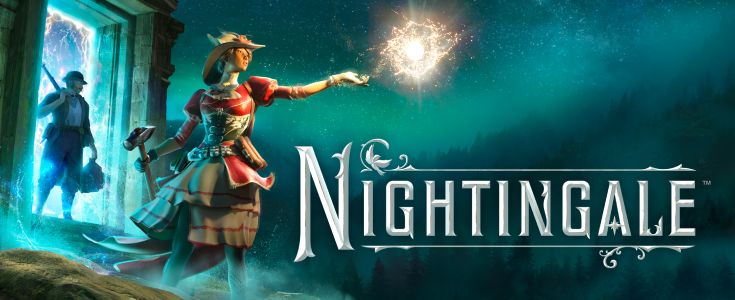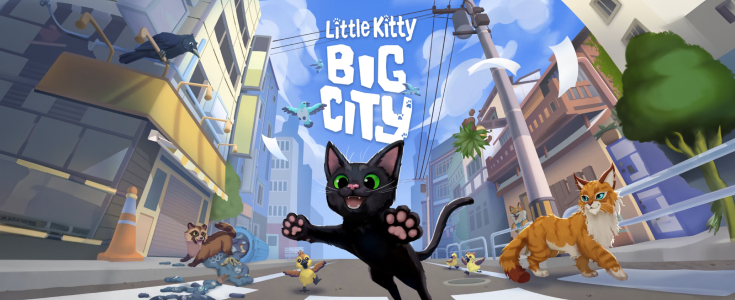Ahoy! All aboard for an action-packed journey to the seas! They say that the sea is a restless lover, and players of Skull and Bones would second that opinion like us! Ubisoft is back with its highly awaited pirate RPG after multiple delays, and it’s safe to say that it did have us grinding for about 80 hours to finish. The PvP had us gripped (while it worked), and the nautical action engaged us sea-riously. The water combat mechanics exceeded our expectations as we surfed the vast Indian Ocean for hours to collect every little trinket and treasure we found our way.
While the positives may outweigh the negatives, it isn’t without caution that one must proceed. The real predicament is common for Skull and Bones and every other online game: with lots of bugs and crashing servers, the delay in gameplay becomes uncalled for, ruining the smooth experience. Our 2 cents on Skull and Bones is that it might not have reached the pinnacle like Ubisoft anticipated. Still, with a promising initiation into live service and a year’s worth of content planned, it’s already faring the seas adeptly and steadily towards a rise. If you’re reading this after May 2024, then we’re sure that the new updates and improvements have already started showing their effects for Ubisoft, which is one of the trusted ones with reputed titles coming in through the years!
1. Fare, Don’t Compare.

Skull and Bones stands out among open-world RPGs by offering players direct command of a ship, allowing them to navigate the seas, raid ports, and sink enemy ships in pursuit of treasure and notoriety. While most of us also had the urge to compare Skull and Bones to the previous year’s hit pirate adventure, Sea of Thieves, we’d say that the game borders more along the lines of arcade-like open worlds where you’re in charge of the vehicles to fare you through. There are several interactions with NPCs throughout the story, yet action is the ultimate element that steals the spotlight of the entire gameplay. The direct control over the ship is yet another one of the unique elements of The intense concentration on complex naval gameplay. The simulation of commodities and economies is highly enjoyable for the most part, despite the fact that it doesn’t offer the opportunity to engage in swordplay or shoot a flintlock as you would in Assassin’s Creed 4: Black Flag.
Fret not, for your adventures in this ginormous aqua world may not necessarily be alone- set sails alone or invite 2 more friends to the party as you navigate through the mighty Indian Ocean in a desperate need to satiate your greed and get atop the Jacob’s progression ladder!
2. Naval Fights so good that you can Sea for yourself

An unexpected gameplay tenet that had us amused through and through was the Naval gameplay mechanics. You may think about what you could do simply with a boat, but your finesse is the ultimate limit! We thought we’d miss the usual combat, but after only a few hours, everything felt as good as any RPG action game. This is primarily due to the impressive ship-to-ship combat mechanics that quickly become engaging. While the beginning might be somewhat mundane, yet as you acquaint yourself with your first ship, the experience gets an instant upgrade with the customization possibilities for your vessel to suit your playstyle. As you tackle more challenging areas and activities requiring you to enhance your skills, Ubisoft’s emphasis on naval battles proves to be more effective than expected.
At some points, however, the chase missions might seem slightly like its Grand Theft Auto (GTA) sea version, yet when Ubisoft promised us action, they meant it in every possible way, with grind for every little thing.
3. Lack of Story but Fun Quests and NPCs

The narrative depth became a slightly disappointing factor. While it cannot be disagreed upon that there are several likable rogues throughout the gameplay, there are also 2 of them- a coarse English pirate named Captain John Spurlock and a militant political rebel named Admiral Rahma, that offer scarce and horrible conversation and after your boss battles, they shoo you away just as quickly.
While these may be some of the contributing factors to the lack of drive for the gameplay, there’s also a larger oar-der of things that only contribute to your play, sans any changes for the world you’re playing in. This made us feel like whatever we did was for personal satisfaction and felt like a grind without impacting the expansive world of Skull and Bones. However, this did not stop us from exploring further!
4. Lookout for the Black Market: PvP Events

The Black Market is introduced from early on in the game by a rogue, Yanita. The trading plays an essential role in the beginning and towards the end of your gameplay. After an expansive exploration, you can test your mettle in real time! In addition to playing the role of a rogue, Yanita is one of the few characters whose pomp and show match right up to the jester aesthetic and enthusiasm for the players to get rapt! The Black Market resurfaces as the focal point of the endgame, incorporating both player-versus-player (PvP) and player-versus-environment (PvE) encounters. Successfully completing these encounters contributes to the establishment of “Manufactories,” which continuously generate Point of Eights, the ultimate currency in Skull and Bones, on an hourly basis. Yet, it comes with the contention of the game working. With the amount of lags and bugs that exist throughout the gameplay, we found it a disjunctive experience to play, yet when it started working without a break, it was equally, if not more, engaging!
5. Ultimate Gameplay experience

While the bugs and lags may have their own significance, it is inevitable not to enjoy the gameplay experience! We can attest that crowding around the PC and building a canon was an event at Driffle! From selecting the mortars to new canons to figuring out the trade routes, it was a journey that we thoroughly enjoyed. As enticing as add-ons seemed, grinding for what we wanted was an enjoyable experience. The Helm mechanic introduces a fresh avenue for bolstering your wealth, enabling you to transport both lawful and unlawful merchandise, capitalizing on price disparities by buying low in one location and selling high in another. It’s similar to assuming the role of a pirate with a sophisticated understanding of business strategies. As the game progresses, you gain the ability to seize control of coastal settlements, transforming them into manufactories that yield passive income and facilitate the acquisition of top-tier equipment.
It ultimately tests your mettle as a holistic player with the knowledge of action, sea links, trade routes, and economically setting sail on the unfair waters that rule the rogueish world of Skull and Bones!
Final Verdict

Skull and Bones, Ubisoft’s latest foray into the pirate RPG genre, presents an oceanic adventure as vast as it is intriguing. Despite its rocky journey to release, marked by delays and technical tempests, the game manages to chart a course that’s both ambitious and rewarding. If the player can sit through the havoc caused by the release of Kill the Justice League, then this seafaring adventure is worthy of a shot. The heart of the experience lies in its thrilling naval combat and intricate ship customization. It offers a fresh take on seafaring adventures that will captivate anyone who wishes to experience the Pirates of the Caribbean life (action version). While the narrative depth leaves room for improvement and bugs occasionally mar the voyage, the game’s focus on naval battles, trade, and exploration shines bright, including PvP events and the promise of ongoing content, signaling Ubisoft’s commitment to evolving the game’s world, making Skull and Bones a journey worth embarking on for those patient enough to navigate its rougher waters. As Ubisoft continues to patch its sails, this pirate saga is set to only improve, holding the promise of becoming a treasure in its own right for fans of the genre.



